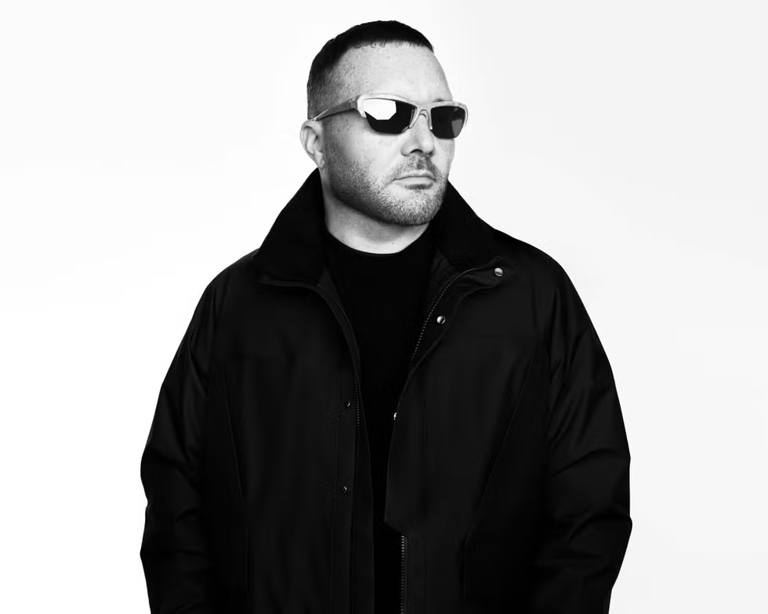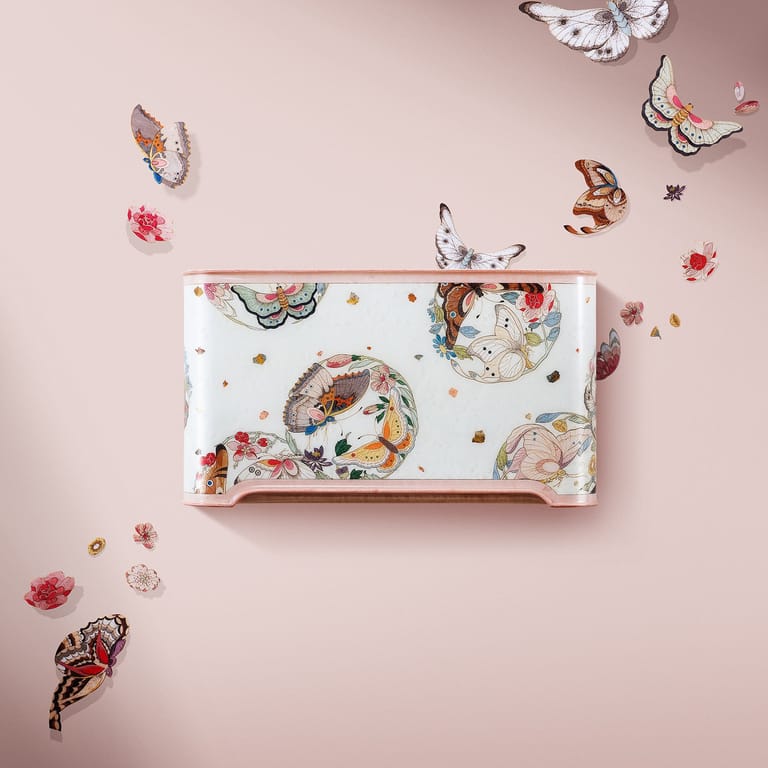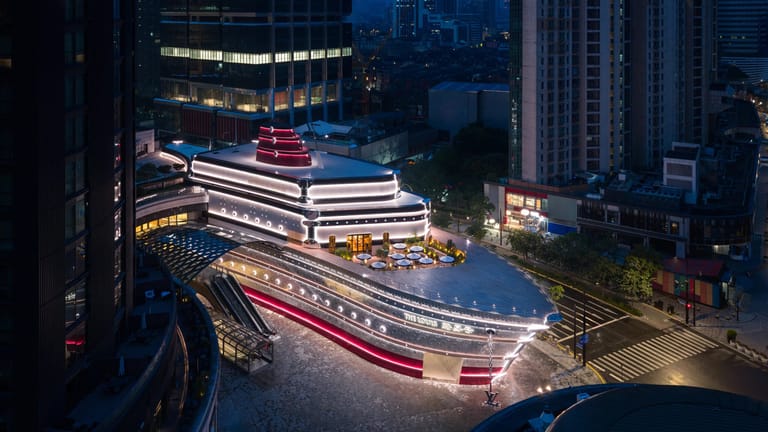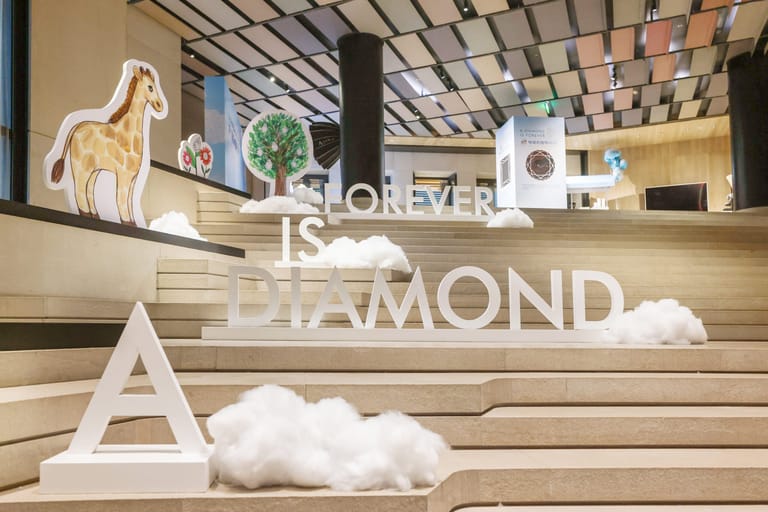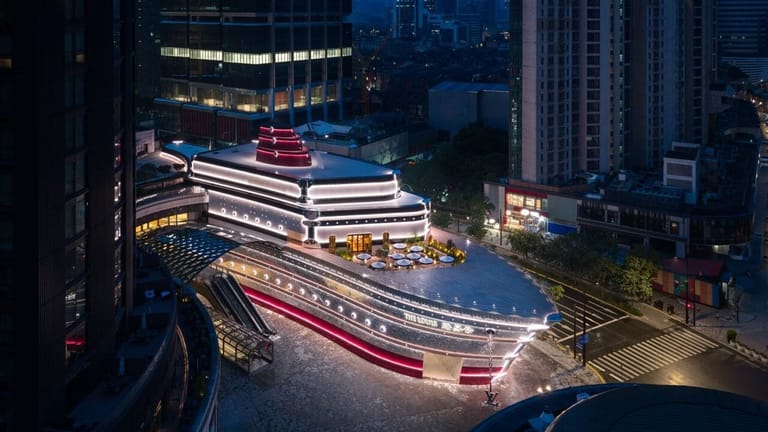Hoka Flagship Lands in Shanghai with Immersive Brand Experience
By
Wenzhuo Wu

Published on
May 12, 2025
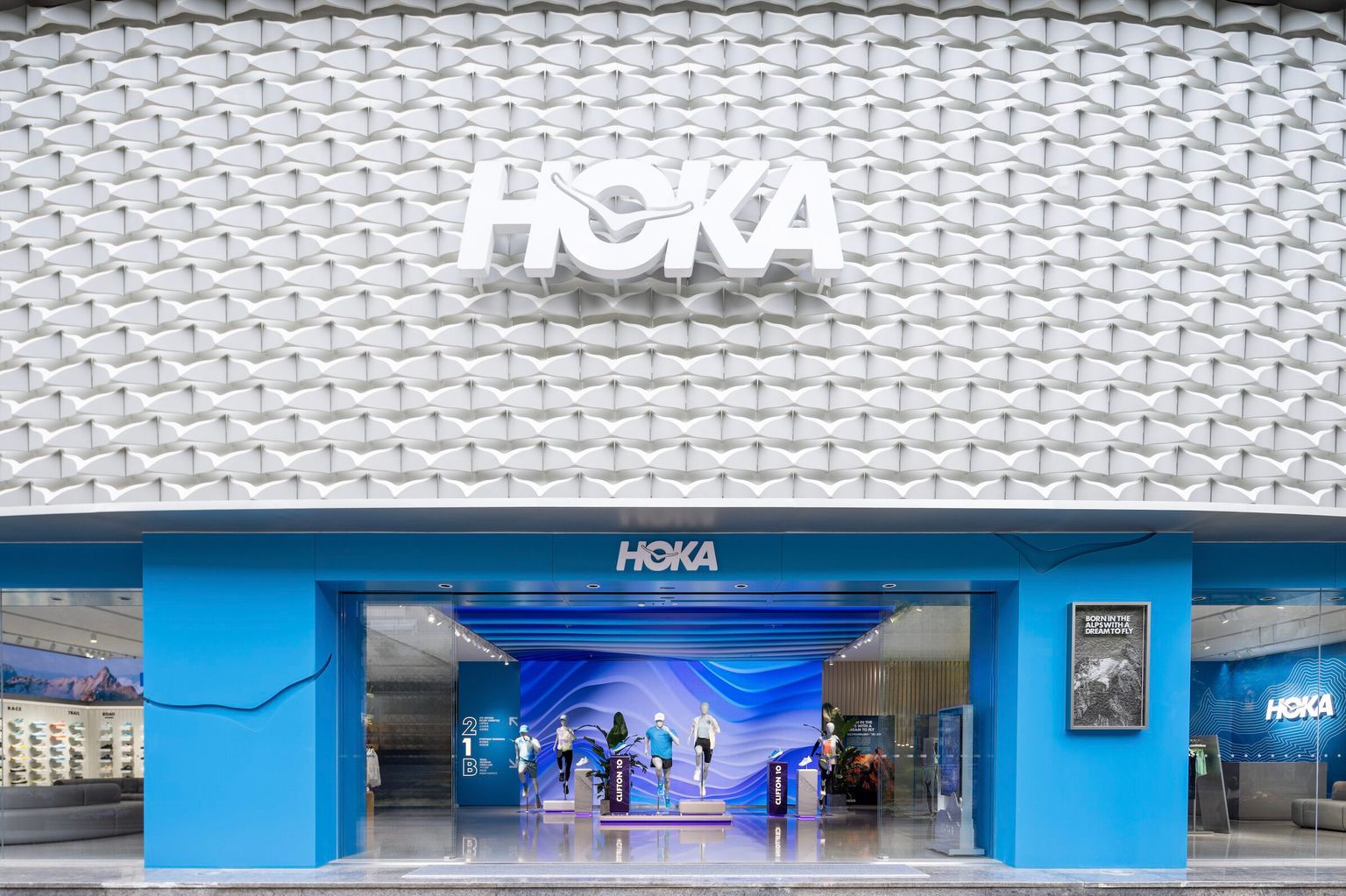
High-performance footwear brand Hoka is picking up speed—and not just on the trails. Last week, the Deckers-owned label opened its first-ever global brand experience center in Shanghai’s bustling Xintiandi district, marking a significant milestone in its China market strategy.
The flagship, a sprawling 1,600-square-meter, three-story space on Madang Road, is more than a retail store. It’s an architectural metaphor for the brand’s alpine roots and urban ambitions—a physical expression of how Hoka is positioning itself at the intersection of performance, lifestyle, and culture.
Hoka, known for its maximalist cushioning and mountain-running DNA, has seen explosive growth globally. In its latest earnings report, Hoka’s net sales rose 23.7 percent year-on-year to $530.9 million, making it the fastest-growing brand under Deckers Outdoor Corporation, outpacing even legacy sister brands like UGG.
Its China strategy has followed a patient, calculated build-up. Over the past several years, Hoka tested the waters through pop-ups, e-commerce, and localized collaborations, gradually seeding brand awareness among China’s increasingly sophisticated performance-minded consumers. The opening of its Shanghai flagship—its first brand-owned retail space in the world—signals that Hoka believes the market is not only ready, but essential.
The location choice is telling. Xintiandi has evolved from a nightlife hub into a lifestyle landmark for China’s urban millennials and Gen Z, who seek cultural depth, design sensibility, and brand storytelling in equal measure. By planting its experiential flagship here, Hoka is staking a claim not just in China’s running community, but in its broader design and fashion discourse.

Visually, the flagship defies conventional retail logic. The facade takes inspiration from a “flock of birds in flight”, weaving in Hoka’s signature “Fly Human Fly” ethos with alpine motifs. The subterranean floor recreates the changing seasons of the Alps using immersive projection and environmental textures—a subtle nod to the brand’s birthplace in Annecy, France.
The street-level space is more grounded in urban reality, presenting core models like the Clifton 10 alongside China-exclusive colorways. Upstairs, a muted palette of wood and stone textures showcases outdoor gear and fashion-forward collaborations, bridging the performance-to-lifestyle gap that many technical brands struggle to cross.
Crucially, the store doesn’t just sell products—it builds community. From treadmill gait analysis and live run clinics to local club activations, the space is designed to engage China’s growing base of recreational and competitive runners. Its modular design allows for events, workshops, and limited-edition drops—a strategy that turns physical retail into a platform, not just a point of sale.
Hoka’s flagship launch arrives at a time when the rules of retail in China are shifting. Post-pandemic consumers are gravitating toward purposeful, emotionally resonant experiences, rather than traditional luxury signals. As Jingzhi Chronicle has noted in recent reporting, brands that succeed today are those that blur the line between community and commerce.
At the same time, Hoka’s presence reflects a wider trend of premium international sports brands doubling down on China’s “second wave” of wellness and performance culture. No longer niche, technical footwear is becoming a core expression of identity among urban consumers—many of whom are now looking beyond logos for functionality, authenticity, and brand values.
With this flagship, Hoka has set the tone for how a performance-first brand can compete in a culturally nuanced, brand-saturated China. It’s betting on immersion over inventory, on community over foot traffic, and on storytelling as strategy.



